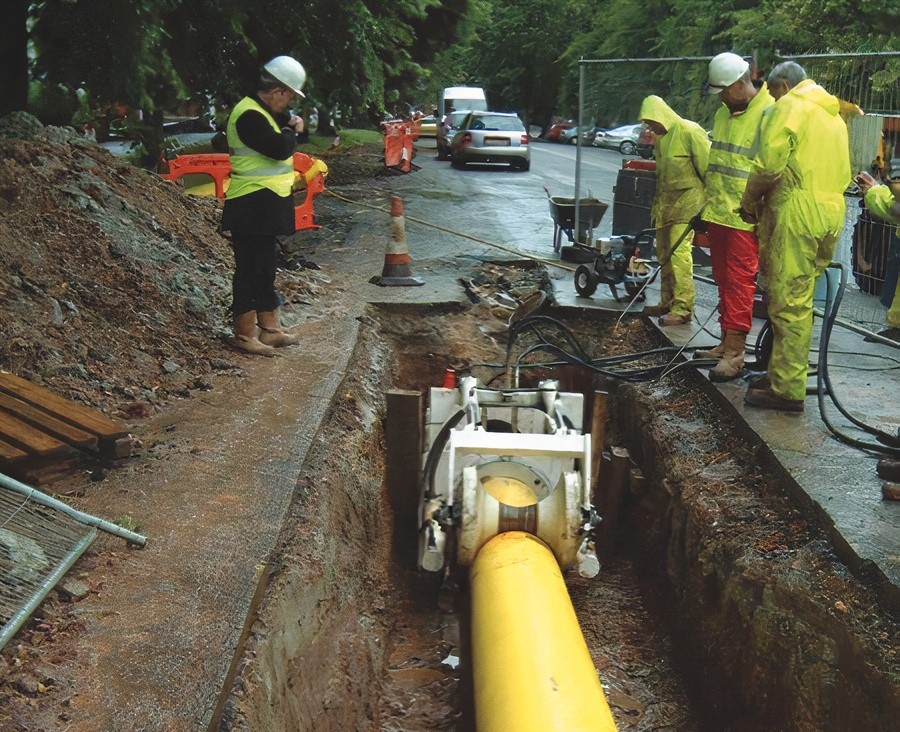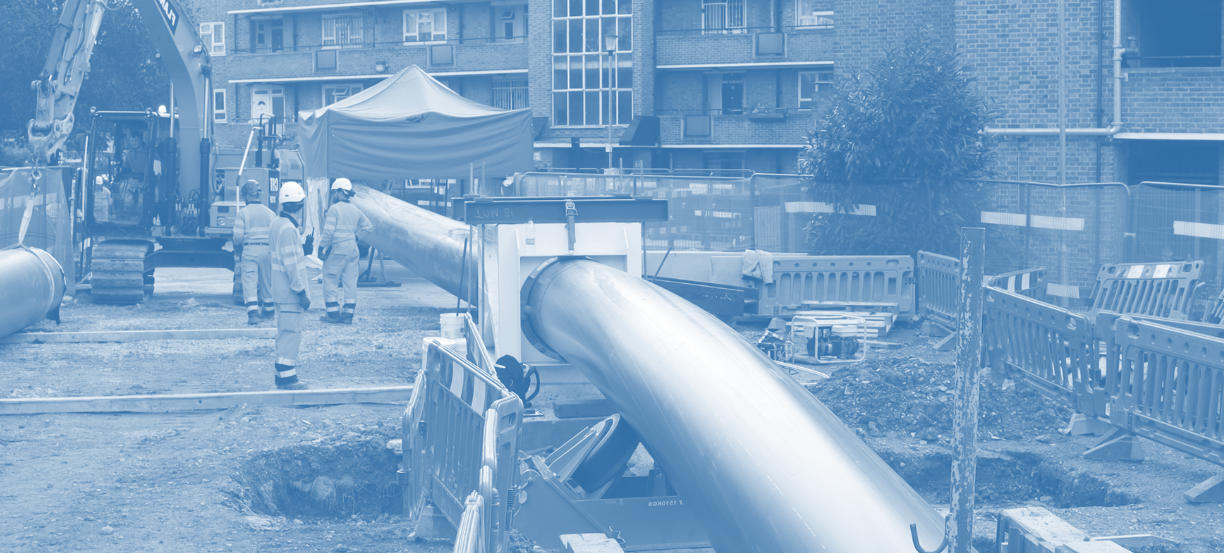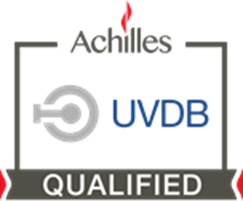This is the first in a regular series of publications aimed at explaining the technical benefits of this versatile technology.
The story of thermoplastic polymer lining technology is one of resilience and adaptation, characterised by its enduring presence in the utilities market. From its inception in the 1980s to its current resurgence in popularity, the process has undergone a remarkable transformation, driven by advancements in engineering and materials science.
In this article we explore the history of the process and uncover the journey of thermoplastic polymer lining technology from its origins in the 1980s to its current state of resurgence. We’ll look at its early success and as well as the reasons the process fell “off the radar” temporarily hindering its widespread adoption. Finally, we will look at where the process is today and the key reasons for its newfound popularity.
A Brief History
The thermoplastic polymer lining technology used by Die Draw was first developed in the 1980s with thousands of kilometres of tight fit liner installed in the water, gas, hydrocarbon and slurry markets globally.
Originally developed for the gas market by British Gas from principles used in metallic wire drawing and a DuPont patent, the original British Gas system required heating of the liner prior to die reduction. A British Gas Swage Lining trial witnessed by consultants working on behalf of the UK Water Industry for North West Water led to the development of ambient temperature or “cold” die drawing with the removal of the heating equipment.
By the early 1990s both British Gas and North West Water held patents for “cold” die drawing. It became clear that some of the key patents were in conflict, stalling the technology which had by then taken off successfully in both industries. Sensibly and amicably British Gas and North West Water resolved the situation by pooling both suites of patents with a technical subsidiary of British Gas employed to licence the technology throughout the world. The technology was free to use by British Gas and North West Water with specialist contractors acting as annual fee-paying licensees plus a royalty rate per installed metre. In return for the annual fee and royalty rate, a software package was used to determine liner size, die parameters and design loads. Other equipment was specified and purchased separately.
This arrangement continued until the technology was purchased by the company Swagelining Limited in 2009. In 2016 this business was sold into the subsea oil and gas industry where it has successfully evolved to suit the needs of that industry.

The term Swagelining® is now the IP of the subsea owners of the technology, and it cannot be applied by anyone else in that market nor the onshore utility water and gas markets.
Meanwhile the discontinuation of the licensee service saw the decline of the technology in utility markets for which it was intended and had previously been so successful.
Die Draw Ltd: A Specialist Thermoplastic Lining Company
Die Draw Ltd was formed in 2018 when most of the key patents had expired and the technology was no longer being used to any significant extent in the UK onshore water and gas markets. Embarking upon the re-introduction of the technology it was realised that a more thorough and technically advanced engineering approach was required to ensure success.
It was recognised that:
- load management using appropriately engineered temporary works had not always been undertaken correctly
- design methods did not take into account the accurate sizing of the host pipe and the configuration of horizontal and vertical bends and deflections, resulting in sub-optimal die selection
Over recent years Die Draw Ltd has, together with various specialist partners, developed load restraint mechanisms through much improved temporary works.
We believe we are now uniquely positioned to fully understand the relationship between the inserted liner size and the internal dimensions and configuration of the host pipe in terms of load at the ambient installation temperature (this applies to slip-liners too).
With the right host pipe survey data, we can now precisely gauge the loads during insertion with exceptional accuracy. This gives Die Draw a unique edge in understanding our ability to navigate specific pipeline sections, including bends, and assess the potential insertion distance based on 50% of the pipe’s yield strength at the prevailing temperature.
Liner pipe size and SDR selection together with the appropriate die size are then undertaken to determine optimum installation parameters giving very high confidence that a particular section can be installed using Die Draw.
Experience & Expertise
At Die Draw Ltd, our team comprises some of the foremost PE 100 pipe specialists, including individuals who made significant contributions to the WIS specifications for PE 100 materials over 20 years ago.
By adhering to our core principle of “engineering excellence” and capitalising on our combined engineering expertise, proficiency in installation mechanics, and extensive experience with Reg 31 approved PE 100 materials, our objective is to facilitate the continued proliferation of the Die Draw process globally.
In conclusion, the journey of this thermoplastic polymer lining process reflects a remarkable evolution shaped by collaborative efforts and technological advancements. From its inception to its current state, this process has undergone significant refinement, emerging as a leading contender for pipeline rehabilitation projects worldwide. Its renewed popularity and technical maturity underscore its status as a serious consideration for many of the challenges facing the Utilities infrastructure industry.





